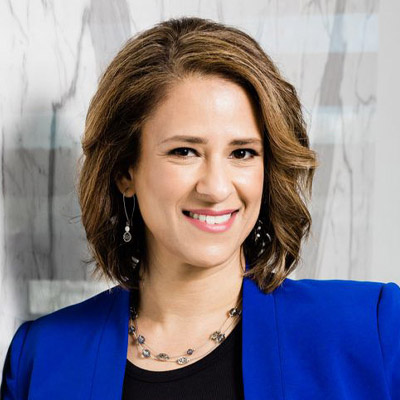“The Playbook: A Coach’s Rules for Life” … a Netflix special that highlights lessons learned from some of the world’s most admired coaches. These lessons experienced through sports translate into our world in business and offer golden nuggets of wisdom to strengthen how we choose to lead our teams and master our toughest challenges.
This Lead Vantage series will showcase one rule per blog and offer insight into its importance and how to action it into our day-to-day execution as leaders.
Rule #1: Everything is about the team.
Business is a team sport. Period.
To achieve business results, we need the collective talents of our team. We know that engagement is one of the top indicators of the likelihood of employees choosing to stay. So, harnessing each team member’s unique talents and skills, inviting them to the table, encouraging their voices to be shared, heard AND actioned, will improve your bottom line. It boils down to trust and appreciating the individual and collective talents and value brought forward by our team members.
“We don’t accomplish anything in this world alone … and whatever happens is the result of the whole tapestry of one’s life and all the weavings of individual threads from one to another that creates something.” Sandra Day O’Connor
As leaders, to build the tapestry of teamwork:
1. Start with relationships
To instill the importance of “we”, start with building team synergy, rapport, and relationships. Trust is the foundation of great work. Take every opportunity to check-in with team members and bring the team together to work and play. If team members genuinely feel like they belong to both the organization and team, then accountability for work outputs will be established at both individual and team levels. 2. Clearly define roles and responsibilities
To perform and meet individual, departmental and organizational goals, leaders must clearly define roles and responsibilities. Team members can take responsibility if they understand what their role is in the bigger picture of success. As leaders, be open and transparent about expectations so that everyone knows what to do and how to do it. Your team will work better individually and together if they understand what needs to be accomplished to reach the goal in sight.
3. Empower team members
As leaders, we don’t have all the answers, nor should we be expected to. Empowering your team to question your assumptions (avoiding ‘yes’ only teams) will help you push the envelope, evolve and get better. This is achieved by soliciting input, asking for ideas and insights, giving permission to make mistakes and learn from them, encouraging open communication and mentoring your team members to stretch their capabilities and capitalize on their strengths.
4. Leverage talents and strengths
Great leaders put people before numbers, understanding that talent drives results. Having a team means you have diverse talents, strengths, experiences, all of which together allows us to accomplish more. As leaders, we must take the time to get to know each of our team members, understand what drives them and where their talents lie. Leverage these in projects and encourage your team to showcase these in every aspect of their work.
5. Celebrate progress and wins
To build momentum and keep your team on the right path forward, take the time to celebrate progress and wins, regardless of how small. Recognition and appreciation for hard work goes a long way. Share and celebrate successes frequently and encourage your team to vocalize the same through formal and informal communications and channels.
“A person is a person through other people. The better you are, the better I am.” – Doc Rivers
As leaders, we need to trust our teams and recognize that each team member is pivotal in steering us in the right direction … toward our goals, toward success.





